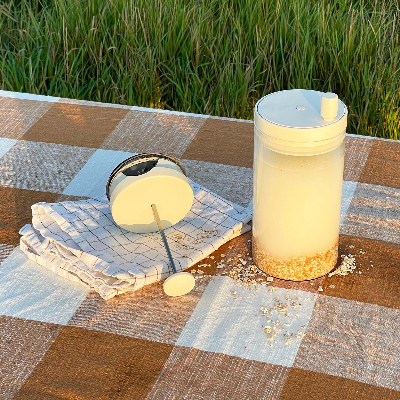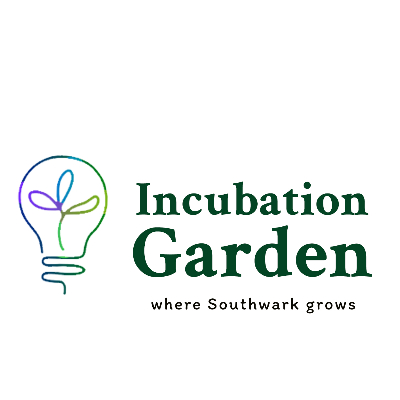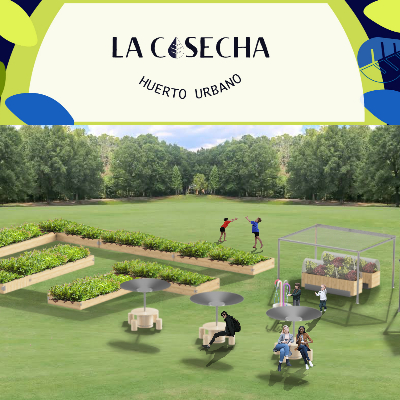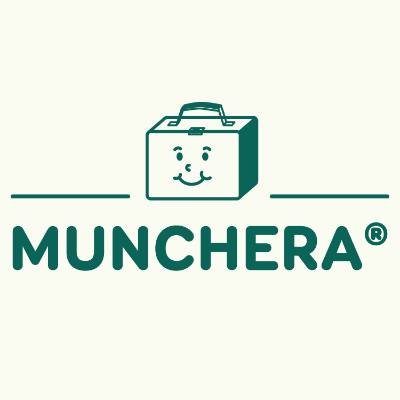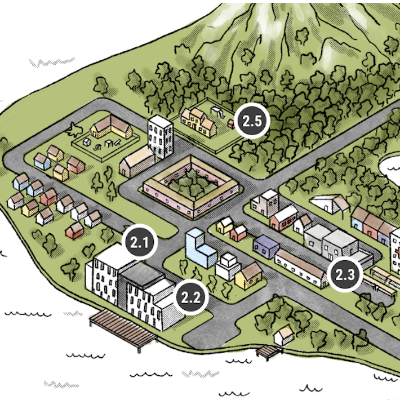Honorable Mention
Farina Go
Magdalena Ojeda, Antonia Pellegrini, María Jesus Echenique
Universidad del Desarrollo, Chile
A consequence of Celiac disease is the damage of the intestine for people who do not tolerate the protein called gluten present in some cereals such as wheat, oats, barley and rye. About 1% of the world’s population may suffer from this disorder, which has increased quintupled in recent years. People who follow special diets such as the gluten-free diet, it is fundamental to prevent their food of coming in contact with other products that contain gluten. This situation is called cross-contamination.
This is why insulating and sealing gluten-free food and flour containers becomes relevant, since the user usually does not consume all the content that comes in a container in one use. Keeping a remnant in the package that usually does not have a proper closure design, leads to cross contamination.
On the other hand, in many Chilean homes grains and flours become infested by Plodia Interpuctella, commonly called “Indian flour moth” or “Larder moth”. This moth nests in grains, flour and seeds, where the larva feeds. This produces a silk thread that mixes with edible products. Its presence generates displeasure in consumers and–although it is not harmful to humans–it is an incentive to eliminate infected food, either due to disgust or ignorance.
In this context, we faced the academic challenge of designing potential packaging applications using cellulosic substrates with copper-based properties. Its main feature should be the antimicrobial property, having a second use to extend its duration over time.
Faced with these two problems, we propose a package for gluten-free grains and flours that avoids cross-contamination and protects the product from moths and fungi.
The Farina Go packaging has a cylindrical geometry that enables the product to be stored upright in the pantry, avoiding spilling the food. At the same time, it contains a removable lid and a sifting mechanism that isolates the content during storage without the need of using external utensils that could favor cross-contamination. Its closing mechanism protects the remnant left in the container once opened, making it easier to close and prevent contamination that could occur when stored with products that do contain gluten.
Thanks to the properties of its substrate with copper particles, Farina Go avoids infestation by the Plodia Interpuctella plague present in Chilean homes and contributes to the reduction of food waste and its consequent production of greenhouse gases.
The packaging is made of one hundred percent recycled and modified cellulose with a minimum concentration of copper microparticles, a new reusable and biodegradable material. It provides antibacterial, antifungal, mechanical and conservation properties. Likewise, it is printed with ecological inks, based on vegetable oils, to reduce the emission of volatile organic compounds.


